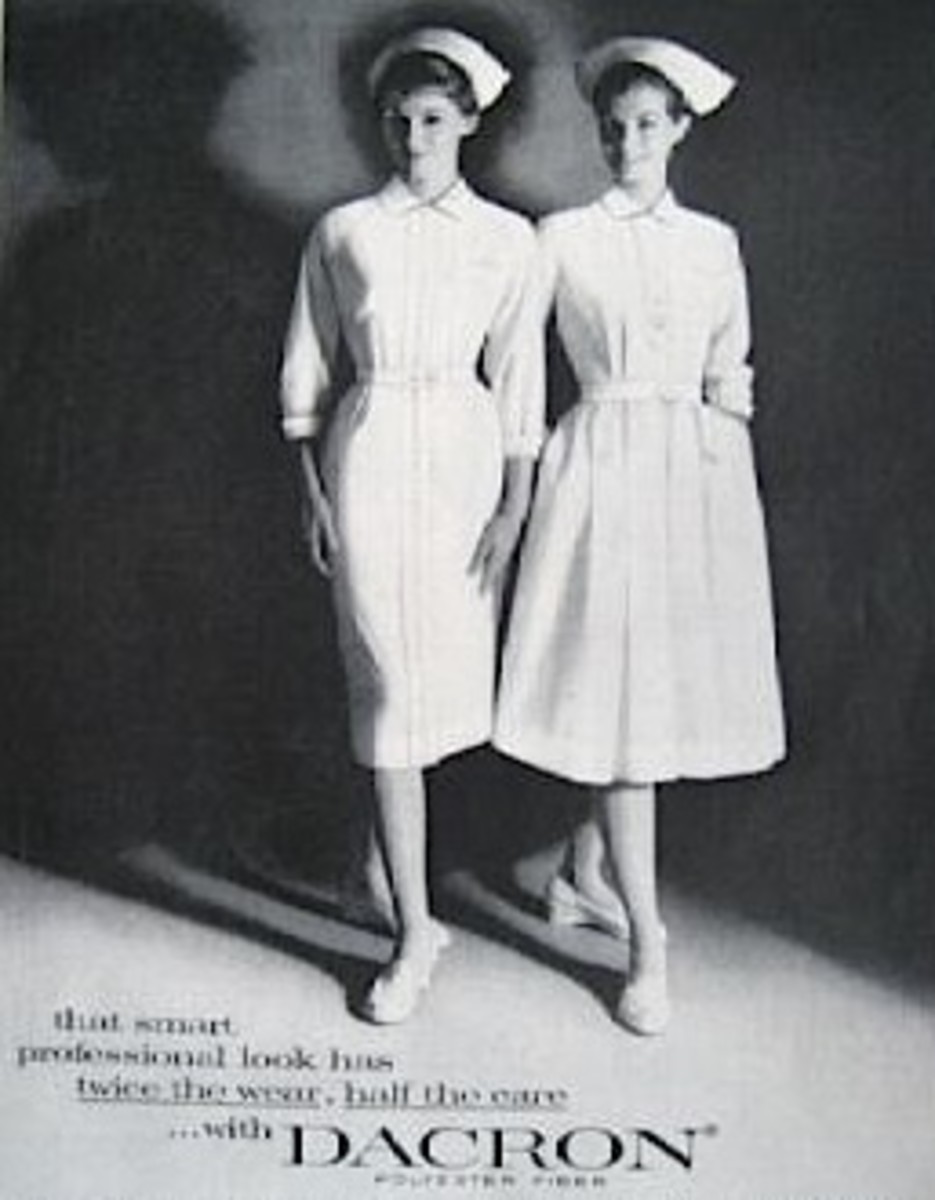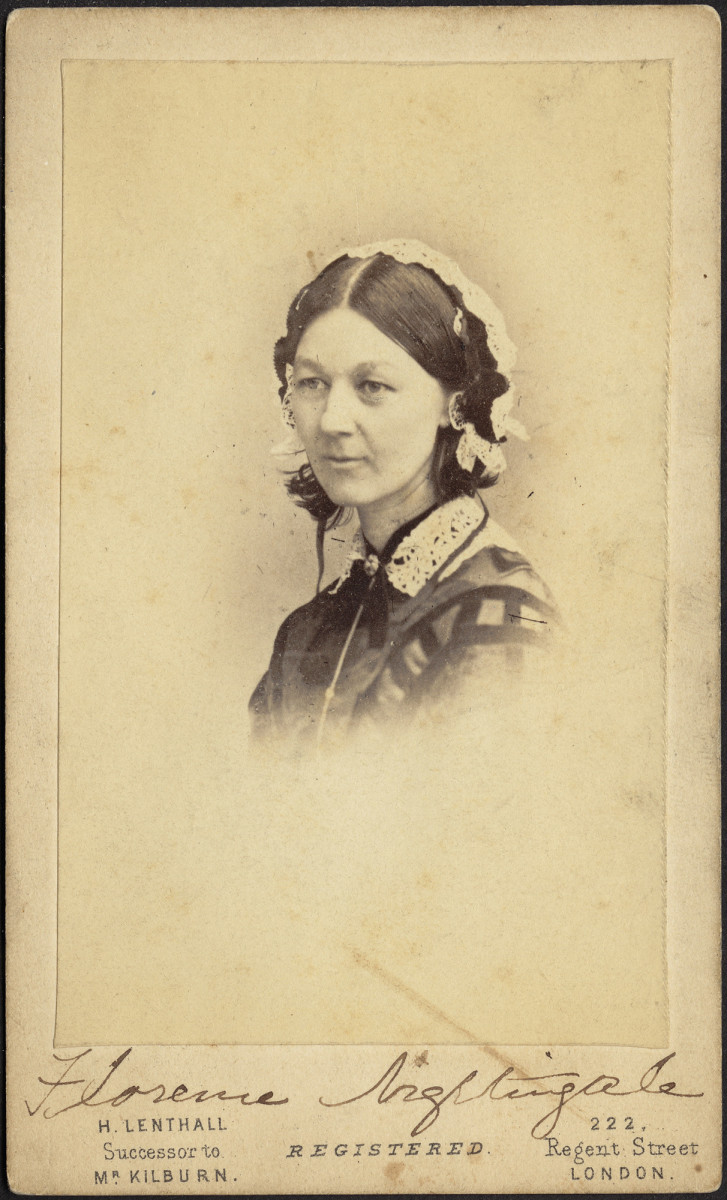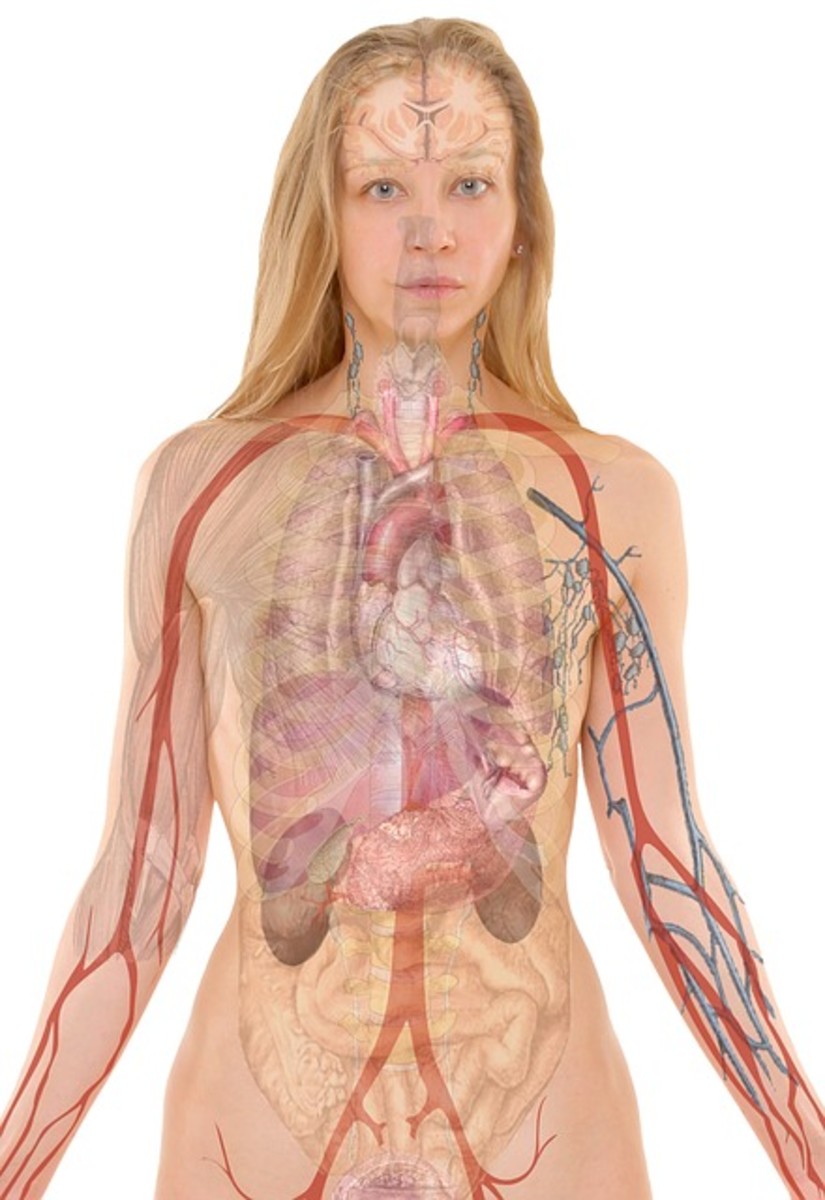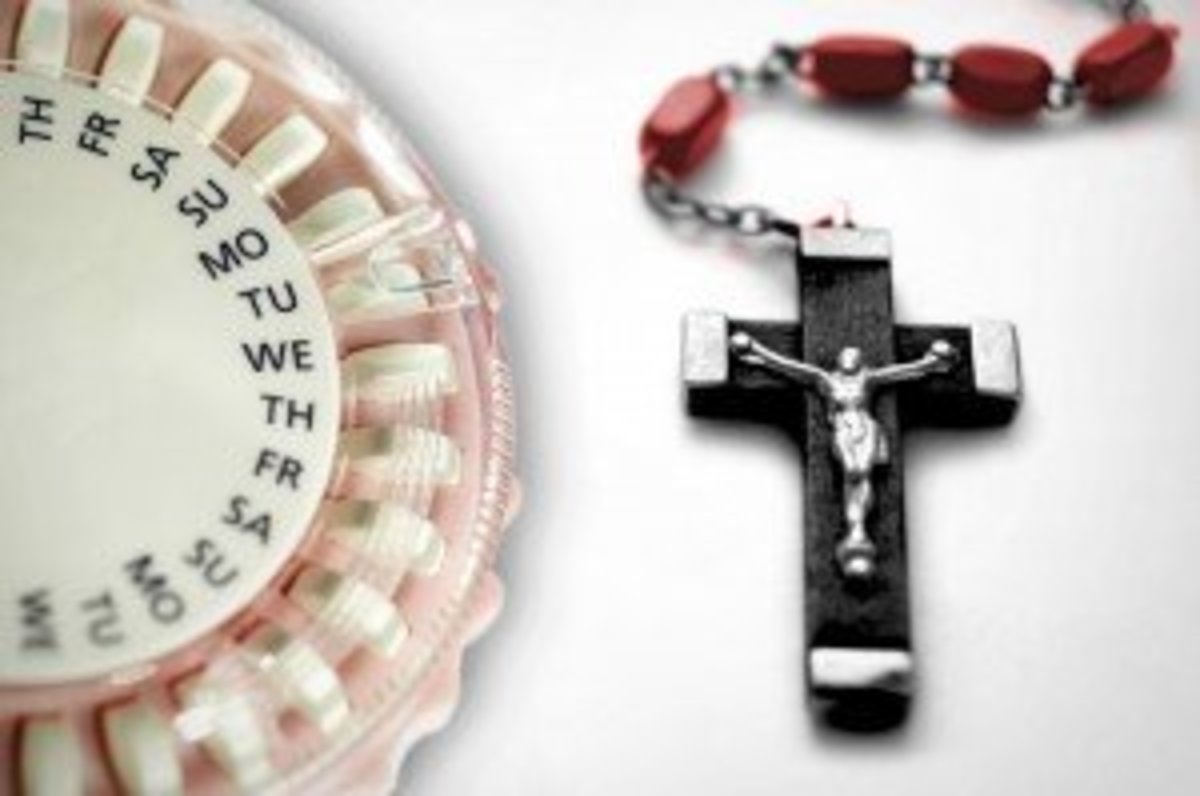The Role of Nursing During the Aftermath of theBombing of Pearl Harbor
"December 7, 1941, a date that will live in infamy". These words still ring true now as they did when President Franklin D. Roosevelt spoke them to Congress and the nation after the Japanese bombed Pearl Harbor, Hawaii, more than 60 years ago. We have heard about the horrors of that day, the damage done to the United States Naval Fleet and the United States Air Force planes and the injuries of the men on the ships. But, there was another group in the service that has not been talked about - the nurses who cared for the injured.
According to military history, there were approximately 82 nurses serving in the Army Medical Facilities in Hawaii in 1941. Here, these nurses treated conditions such as burns from burning fuel in the water, shock from injuries, and gunshot schrapnel. Many of these nurses worked throughout the Pacific Theater on hospital ships and in air evac planes. Approximately 200 or more Army nurses lost their lives during World War II and 67 Army and 16 Navy nurses were held as prisoners of war (POWs) by the Japanese.
But, what happened just before and during those first few hours of the attack? What did the nurses see? What did they do? What happened after the bombing to nurses who enlisted?
According to Lt. Ruth Erickson, NC , USN (retired), before the bombing the nurses would have been assigned to work on the regular wards from 8 AM -12 noon, one nurse would work these wards until 3 PM and one nurse would work from 3 PM - 10 PM, then one nurse would work from 10 PM - 8 AM, and they would rotate every month between the medical and surgical wards. Lt Erickson stated when the nurses were off duty, they would date the enlisted men from the Army, Navy, and Air Force, play tennis, go swimming, go on picnics, and go to the large hotels for dinner and dancing. Lt. Erickson stated that by the time of the bombing, all the hospitals were at full capacity of doctors and nurses.
Lt. Erickson stated when the bombing started the chief nurse, Gertrude Arnest, called all the nurses to report to the hospital. She said, the first patient arrived at the hospital at 8:25 AM with a large open abdominal wound that was bleeding heavily and he died within one hour of arriving. Lt. Ericksin stated there were many burns on patients arms, legs,and faces because they wore T-shirts and shorts and the burns were from the flaming oil in the water.
The basement of the hospital was opened and many of the patients and families of the hospital staff were moved their for protection, in case another attack occurred, according to Monica Benning, an Army nurse. Nurse Benning stated the patients would as for help in contacting their families and loved ones at home. She also stated many of the patients who came in had arms and legs barely hanging on due to the severity of their injuries. Both nurses stated there was a severe shortage of instruments, suture materials, and sterile supplies. They said it was not uncommon, during the immediate aftermath of the bombing, to see doctors doing surgery without gloves and passing surgical equipment from one surgery to another.
About six months after the bombing at Pearl Harbor, 12,000 nurses joined the Army Nurse Corp. These nurses had no military experience and were ignorant of Army protocol. So, in July 1943, Lt. General Breham B. Sommerrell, Commanding General, Army Service Forces, started a four-week training program for all the new Army nurse so these nurses would learn Army protocol and could better serve their country and patients. During this time, there was a great need for anesthetists and the Army developed a six month training course. In this course, nurses would be trained as nurse anesthetists. They would learn how to give anesthesia, to give blood and blood products to patients, to provide oxygen therapy, and they would be taught how to recognize and treat shock in their patients.The Army also developed a 12 week program on how to care for and treat patients who had developed psychiatric problems.
In June 1943, the Bolton Act was passed. This consisted of a government subsidy for the education of student nurses if they would promise to work in essential military or civilian nursing areas for the duration of the war. This training would last six months and would help to decrease the nursing shortage. By 1944, many black women were being accepted into the Army Cadet Nurse Corps and into civilian nursing schools with the help of federal funding.
In the Pacific Theater, nurses were being assigned to hospitals far from the combat areas. These nurses would go from one island to another after the fighting had stopped and would help to evacuate the injured personnel. Unfortunately, there were problems that developed after the nurses arrived at the military facilities in the combat zones. Before the nurse arrived, corpsmen cared for the injured and made decisions. After the nurses arrived, the corpsmen had to take orders from the nurses who did the skilled direct patient care. This change in assignments was upsetting to the corpsmen because they were used to giving the orders and, now, the corpsmen were reassigned to scrub work. The nurses, due to their training, took over much of the responsibility that was normally done by the doctors, such as giving blood transfusions, debriding and dressing wounds, and removing sutures.
So, with the anniversary of the bombing of Pearl Harbor coming soon, let's not forget the Army and Navy nurses who cared for the enlisted soldiers and sailors while we remember what occurred over 60 years ago. They all need to be remembered.








